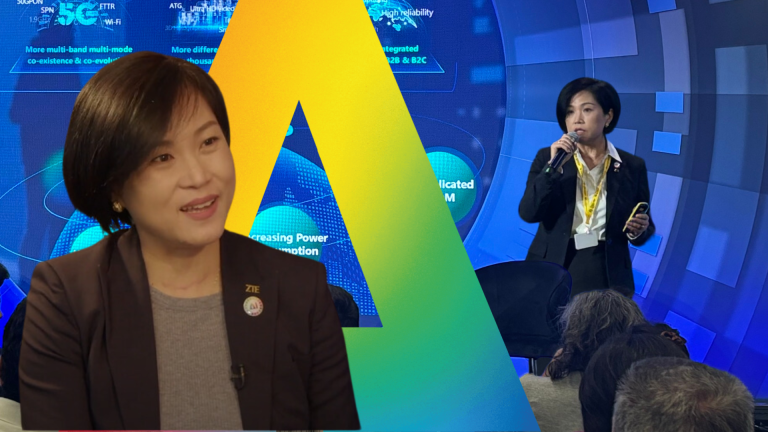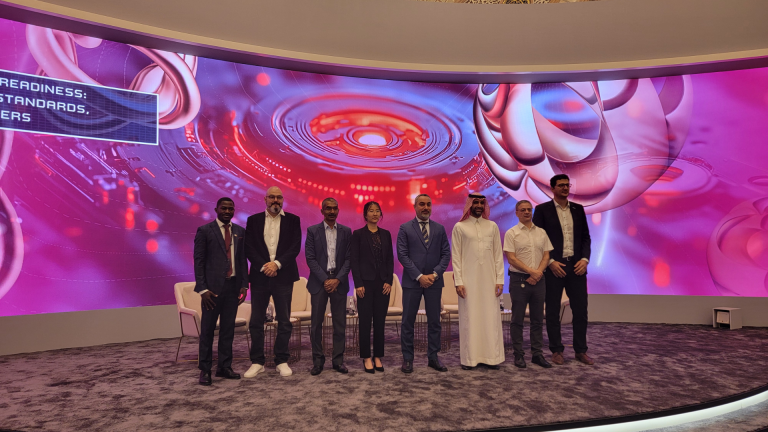Revolutionizing Tomorrow: The Rise of Human-Robot Collaboration and Advanced Assistive Technologies
Join us on an exhilarating adventure into the dynamic world of remote-operated robots, where the intersection of scientific exploration and technological progress weaves an intriguing narrative of potential. In this enthralling journey, our focus expands beyond simply understanding remote-controlled robotic systems; it seeks to unveil the deep human experience of feeling present from afar. As we traverse this revolutionary terrain, our mission goes beyond mere comprehension to envision a future where practical applications empower individuals to navigate distant areas effortlessly and streamline daily tasks.
Leading this transformative wave, the AI for Good Global Summit 2023 showcased a session that highlighted Human-robot collaboration in manufacturing and physical assistance. Here, visionary ideas were brought to life, highlighting collaborative manufacturing robots aimed at small and medium enterprises, as well as assistive robots tailored for healthcare, including advanced prosthetic hands.
Immerse yourself in the intriguing potential of these assistive robots as we delve into the innovative projects presented at the summit, including the trailblazing work of Sylvain Calinon at the Idiap Research Institute focused on AI and machine learning. As a senior research scientist, Sylvain stands at the forefront of creating AI techniques that not only deepen our insight into human-robot collaboration but also aim to uplift the quality of life for individuals across diverse backgrounds.
Human Interaction and Autonomous Learning in Hazardous Settings
Sylvain Calinon leads the charge in research concerning assistive robots, particularly constructs like DexROV, which are designed for perilous environments where human interaction poses challenges. This research prioritizes the creation of robots that can be operated remotely yet skillfully simulate a human presence on-site while performing complex tasks. An exciting dimension of this exploration is the focus on imitation learning, a methodology enabling robots to autonomously learn through human demonstrations. This pioneering approach fosters a reciprocal interaction between humans and robots, stepping away from conventional machine learning practices. Researchers at Idiap describe this practice as a “scaffold” process, analogous to building a house. Just as scaffolding is removed once construction is complete, robots are envisioned to function independently post-training, calling for human assistance only when tasks fundamentally change.
“Robots can generalize learned skills to new situations, not just replay demonstrations,” emphasized Sylvain Calinon.
A stellar instance of learning by demonstration is the Swiss-engineered robot, Roboclette, which excels at scraping cheese. Trained through human demonstrations, Roboclette absorbs knowledge from various sources, including internal sensors that measure the pressure applied. This multi-faceted data, encompassing pressure readings and movement dynamics, captures the core essence of generalization in robotic function.
Transforming Assistance with the Dressing Support Robot
Innovative strides in assistive robotics are continually improving the lives of those in need of support. A remarkable case is the I-DRESS robot, developed to tackle the often-daunting task of dressing. This cutting-edge robotic aide engages in a unique triadic interaction involving the caregiver, the robot itself, and the individual in need of assistance. The caregiver plays a crucial role in demonstrating necessary actions to the robot, allowing it to learn and replicate the required support. Subsequently, the I-DRESS robot provides seamless assistance to users, simplifying the dressing process while enhancing their sense of autonomy. This groundbreaking technology not only illustrates the potential of robotics to enrich everyday life but also emphasizes the collaborative bond between human caregivers and assistive robots, heralding a more inclusive and supportive future.
“Our research is dedicated to developing AI techniques aimed at enhancing quality of life,” stated Sylvain Calinon.
Focused on crafting cutting-edge solutions for dressing assistance, the team is committed to understanding the intricate requirements expressed by caregivers, users, and the robotic counterparts involved. By thoroughly exploring the unique needs and preferences of each stakeholder, the team aspires to design a smooth and effective dressing assistance system. This collaborative initiative not only exemplifies the team’s dedication to inclusivity but also lays the groundwork for innovative solutions that meet the varied and evolving demands of all parties involved.
The Future of User-Centric Innovation
Journeying through the captivating domain of assistive robots, projects such as SWITCH and DrozBot exemplify the exceptional progress being made in human-robot collaboration. SWITCH assists users in standing up and sitting down, demonstrating an impressive blend of compliance and stiffness in multiple directions, effectively simulating a virtual cane. This inventive strategy offers crucial support and independence while users navigate their daily movements.
Additionally, the integration of geometric principles into robotics proves essential, enhancing the learning process and demanding accurate encoding. While learning algorithms are vital, the spotlight also shines on user-friendly software to ensure accessibility and ease of use.
In this vibrant arena, DrozBot, a robot portraitist, stands as a remarkable example of learning through observation, pushing the thresholds of robotic capabilities while adapting to varied tasks. These initiatives collectively highlight the ongoing commitment to developing assistive robots that prioritize enhanced functionality alongside a streamlined user experience.
The exploration of tele-operated robots is a fascinating convergence of scientific inquiry entwined with technological advancement. The vision encompasses not just the study of remote-controlled robotic systems but empowering individuals to traverse remote terrains effortlessly. Sylvain Calinon’s research into hazardous environments showcases robots that can autonomously learn through human demonstrations, revolutionizing how we perceive human-robot collaboration.
Within the realm of assistive robotics, the I-DRESS robot is reshaping dressing assistance via a three-party interaction involving caregivers, users, and robots. Projects like SWITCH and DrozBot showcase the relentless pursuit of user-centric innovation, providing essential compliance and stiffness for movements, while underscoring aspects of learning through demonstration, thereby prioritizing functionality, user interaction, and overall experience. The future of assistive robotics is poised to deliver transformative solutions catering to individuals across diverse spectrums.
Catch our full video:
Global SummitRobotics for GoodShare This PostCopy linkLink copied!FacebookTwitterLinkedInWhatsAppEmail






